IJM referral leads to rescue of 7 children and arrest of their mother
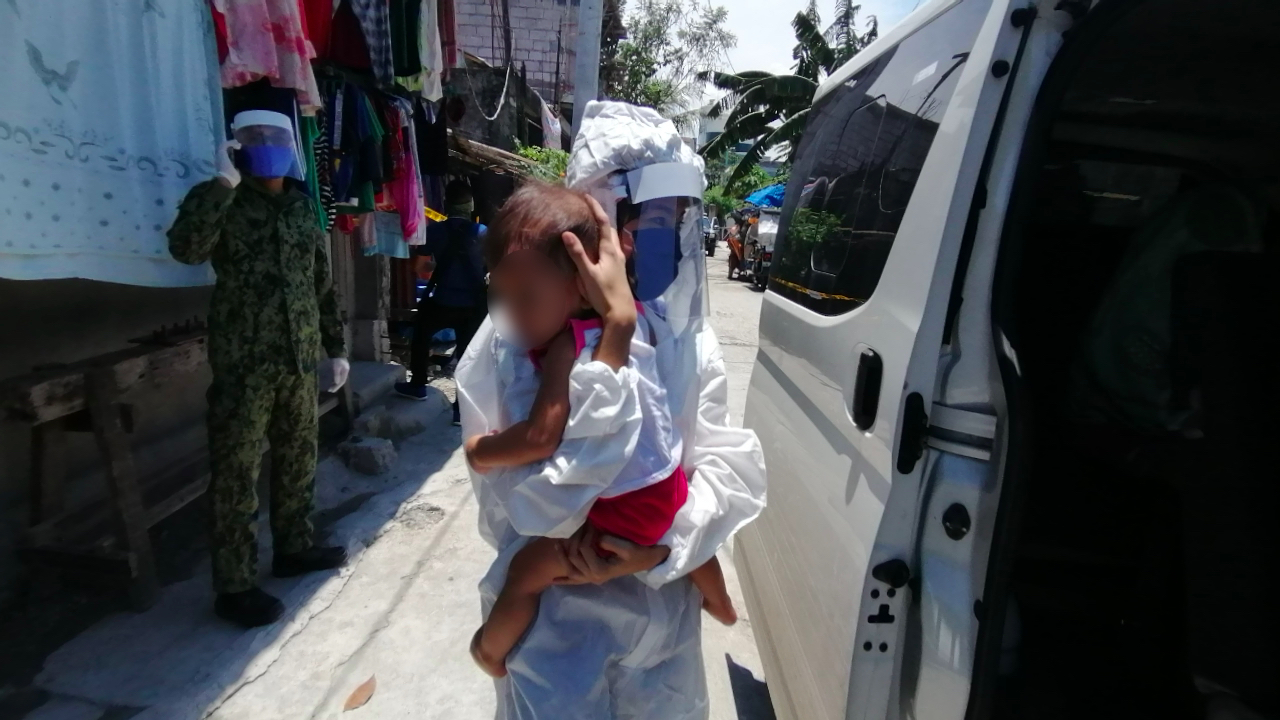
27 May 2020
TAGUIG CITY, PHILIPPINES – Handcuffed beside a swinging baby’s hammock, a 28-year-old mother was arrested in her house in Taguig City for crimes related to cybersex trafficking of children.
This is another successful operation amidst COVID-19 lockdowns conducted by members of the PNP-Women and Children Protection Center – Anti-Trafficking in Persons Division (PNP-WCPC-ATIPD) in cooperation with the Taguig City Police Station and the Department of Social Welfare and Development National Capital Region (DSWD-NCR).
International Justice Mission (IJM) forwarded a referral to the Philippines Internet Crimes Against Children Center (PICACC), which was based on a confidential local tip. WCPC-ATIPD subsequently investigated the matter that led to the operation. The main suspect, who will be unnamed to protect the identity of the victims, offered four of her own children (2 boys and 2 girls) to conduct sexual acts in front of a camera which she would livestream in exchange for money. The other female suspect, a neighbour, was involved in collecting the money through a nearby remittance centre.
The PICACC, a model for an enhanced global response against cybersex trafficking of children, is a cooperation among local and international law enforcement, namely the PNP-WCPC, the National Bureau of Investigation-Anti Human Trafficking Division (NBI-AHTRAD), the Australian Federal Police, and the United Kingdom National Crime Agency (NCA); in partnership with non-government organisation, IJM.
“As I held the baby in my arms, I could not comprehend the audacity of the facilitators of [cybersex trafficking] on how they can do such crimes to innocent children. I assure the public that we at the WCPC will do everything we can to shut [cybersex trafficking] down,” shared PCOL Sheila Portento, Chief of the WCPC-ATIPD.
All the children are the main suspect’s offspring from two different fathers -- three boys (ages 3, 10 and 13 years) and four girls (ages 3 months, 1, 9, and 12 years). As of today, only four of the children are confirmed victims while the others were considered at-risk and were therefore removed from the location.
The victims have been taken to aftercare shelters and are now receiving trauma-informed interventions, including 14-days in isolation as a COVID-19 precaution for them and the children in the shelters.
Australian Federal Police Acting Senior Officer in the Philippines, Detective Sergeant Graeme Marshall said, “The Australian Federal Police congratulates the PICACC and the Philippine National Police on another successful operation that saved seven children from abhorrent sexual abuse. The Australian Federal Police and our international partners continue to work tirelessly to target those who exploit children and we are not distracted by the demands of the COVID-19 pandemic.”
“The reason why we have so much hope is because of these efforts by our law enforcement partners. Their relentless pursuit of justice despite the challenges caused by the pandemic is why we can say that the Philippines is leading the world in the fight to end cybersex trafficking of children,” remarked Atty. Reynaldo Bicol, IJM Manila Field Office Director, who also noted that a recently released IJM study found that the Philippines is the largest known source of cybersex trafficking cases in the world.
The Study also recommended that technology platforms should identify and implement means for proactive detection of livestreaming the online sexual exploitation of children and that the reporting of suspected child sexual exploitation materials (CSEM) on ESP platforms should be expanded and strengthened through mandatory reporting legislation; and the provision of higher quality information in reports. “This, in addition to vigilant community reporting, would strengthen law enforcement’s ability to rescue and protect cybersex trafficking victims,” Bicol added.
###
What happens after rescue? Learn more and help survivors go from FOUND to FREE.

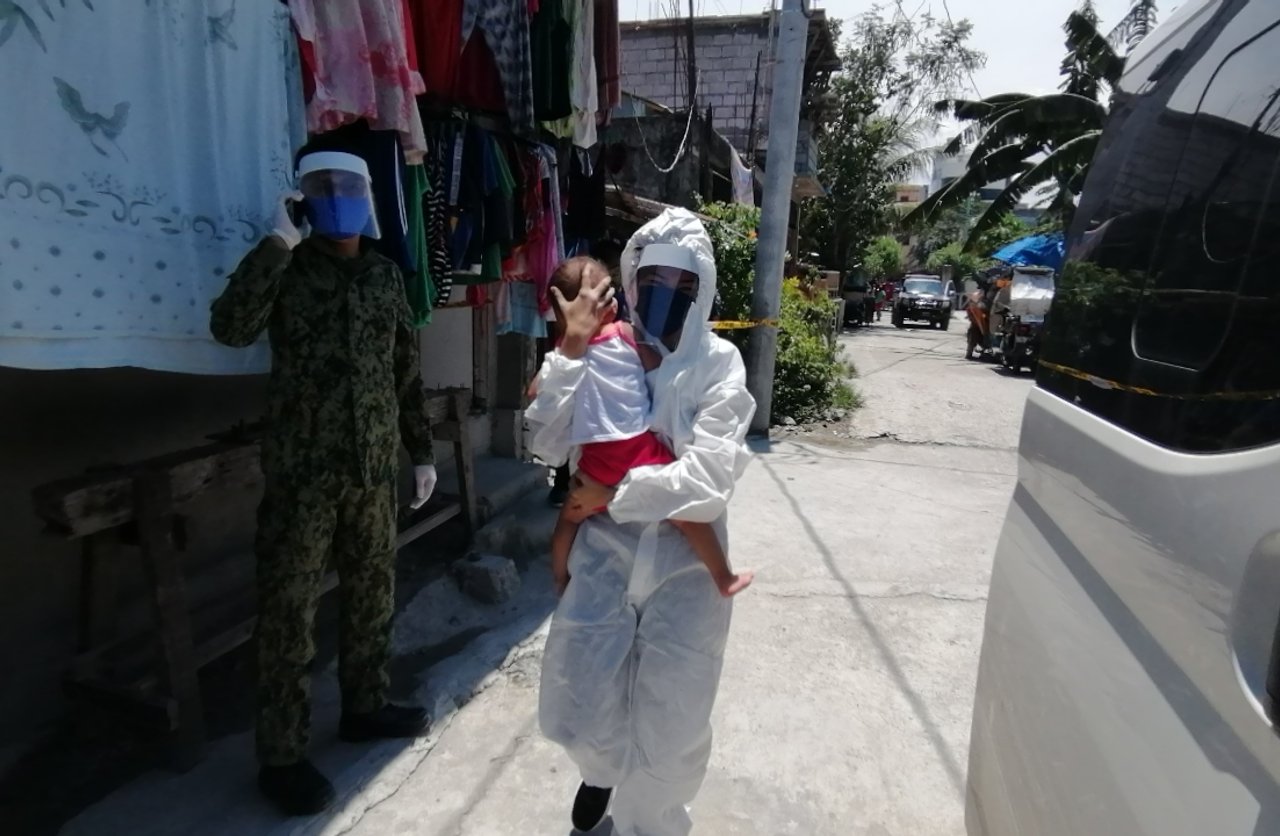

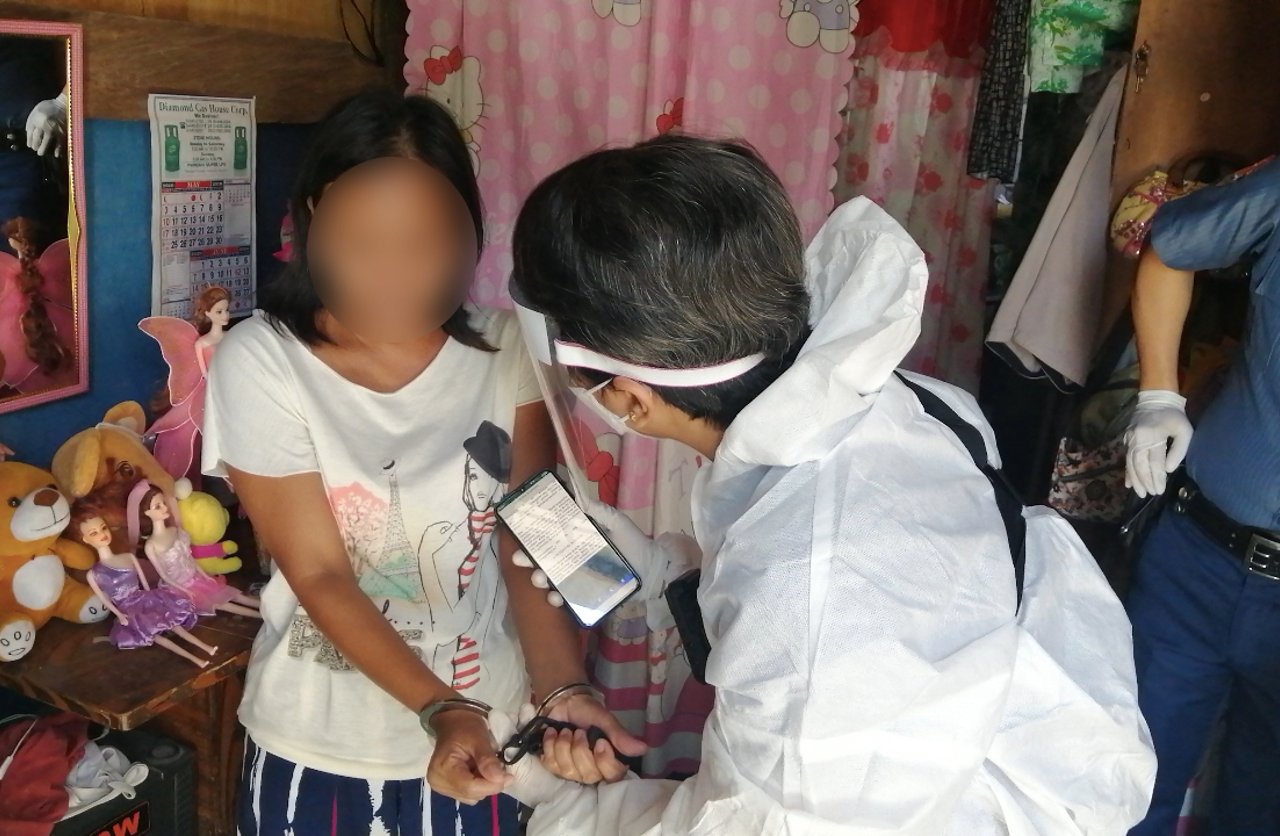
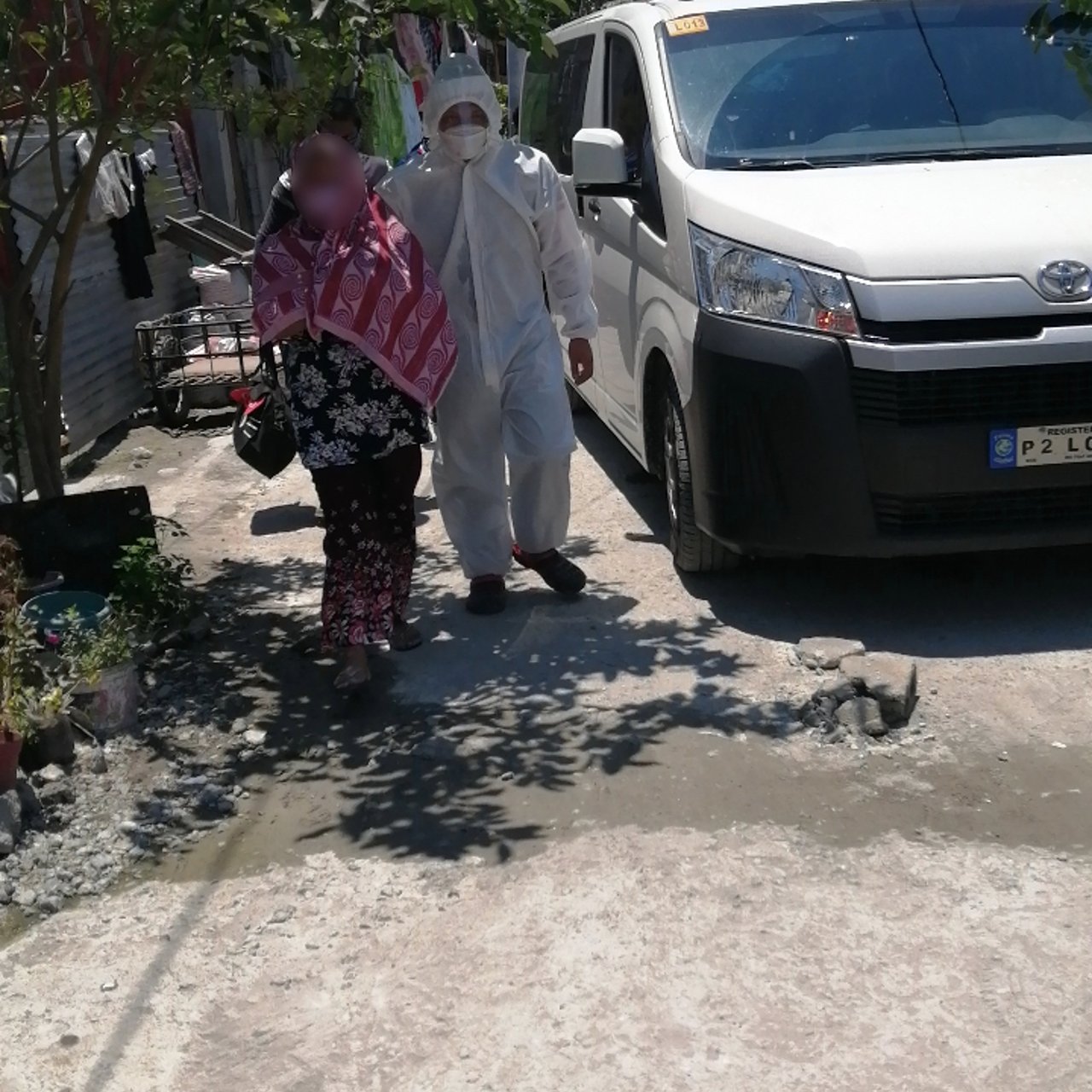
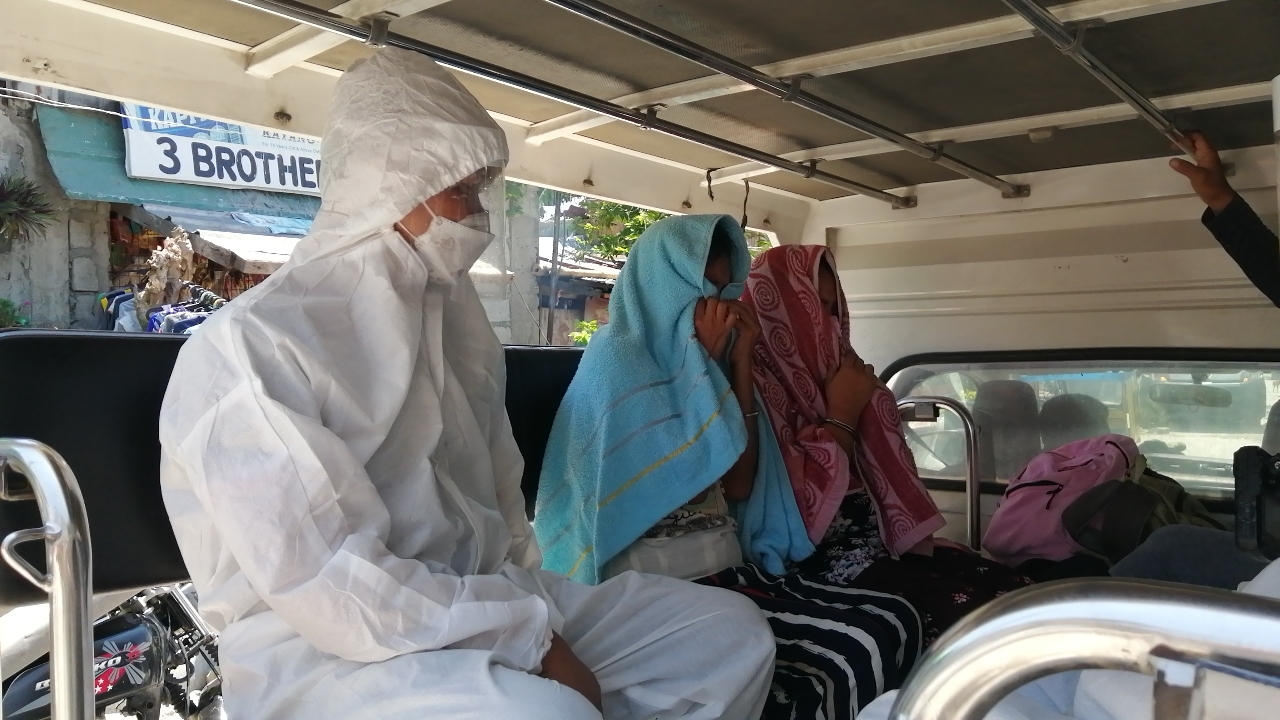
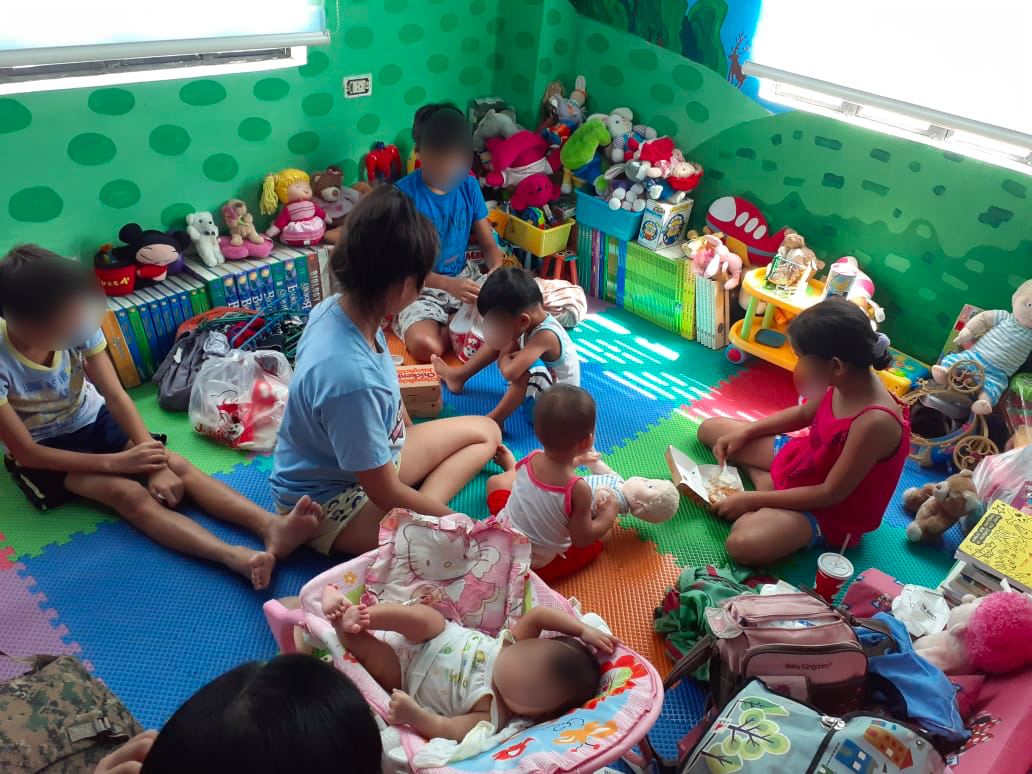
Note on terminology:
The Terminology Guidelines for the Protection of Children from Sexual Exploitation and Sexual Abuse, also known as the Luxembourg Guidelines, prescribes the use of the term “child sexual abuse material” or “child sexual exploitation material” instead of “child pornography”, except when referencing the name of statute. Sexualised material that depicts or otherwise represents children is a representation, and a form, of child sexual abuse and should not be described as “pornography.”
MEDIA ENQUIRIES
For media enquiries, contact:
Bryan Henderson
[email protected]
0452 556 779